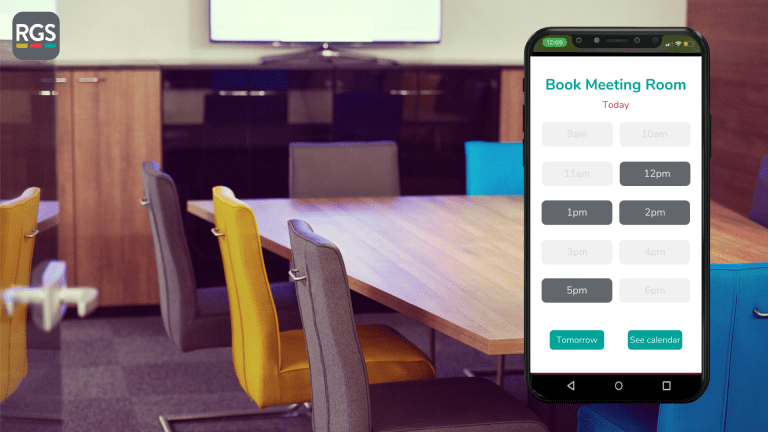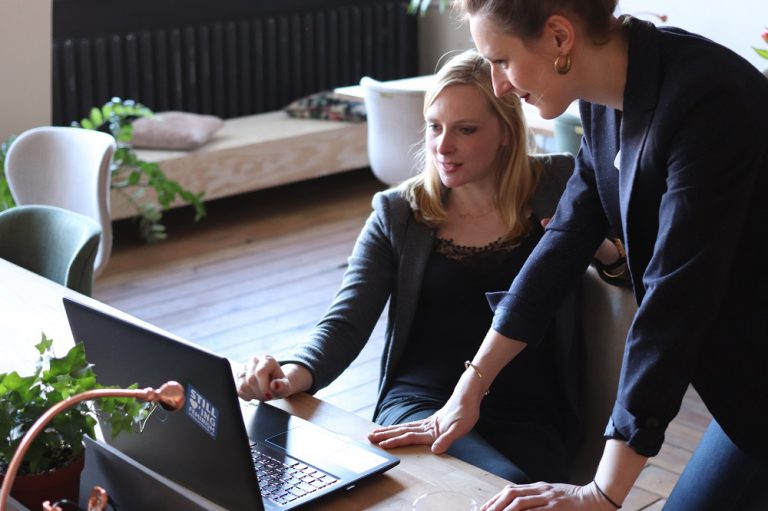How many times has an older neighbour or relative asked you to do something on their phone or TV “because they don’t understand new technology?”
While this is a relatable example of inaccessible tech, it is by no means exclusive, and is all-too-familiar to even younger people who are using systems in the workplace. Accessibility in the 21st century means catering to everyone, covering all ages, impairments, disabilities, physical ailments and more.
In short, to be considered truly accessible, a software solution needs to be able to be operated by anyone at any time – and this blog we’re going to explore why.
The requirement
Age is not the only factor to consider when designing new software. In fact, it isn’t even the most prominent when we consider the many disabilities and impairments which affect the way an individual might respond to and use different software solutions and technology.
Around 15% of the world’s population is identified as living with a disability – including visual and hearing impairments, cognitive impairments, speech difficulties, physical impairments, and more.
But with an estimated 90% of websites failing to tick the most basic of boxes when it comes to making their online experience accessible to all who fall into these categories, what changes should modern software designers be making?
What is means to be “accessible”
When your systems are accessible, they consider and cater for different ways of interacting with the screen into its core design. These alterations can range from simply adding subtitles to a video or audio clip, to completely transforming the way a page appears on-screen, enabling voice control, or re-building the page in braille.
For someone who struggles to read text on a lit screen, for example, text could be replaced with audio support whereby a device will read the text out loud. Meanwhile, for someone who is living with autism, or another cognitive impairment, simpler pages and one-touch actions will enable them to better interact with and focus on the screen.
For a bespoke software designer, there is a seemingly endless array of specific focus points that can help to create a more accessible experience for users. A few more include:
- Selecting colours on screen with enough contrast to stand out for those with visual challenges and impairments
- Adding subtitles to any audio or video clips
- Enabling a zoom function on each page
- Simplifying the design and implementing more white space to allow for easily digestible content
Can bespoke software ever be considered truly accessible?
The answer to this question starts and ends with the design process, and the way that accessibility considerations are built into the very foundations of a website or digital experience.
In the simplest of terms, designing new software with an eye to accessibility requires thought to the way that different individuals in different circumstances will use the screen – and how that will shape and impact their experience.
A few years ago, the so-called “best” and most impressive websites and systems were those which integrated complex design trends and clever animation techniques. Now, however, the best websites and software solutions are those which are built to be simple yet effective.
Finally, for a little reality check. It is almost impossible to create an online or digital experience which is 100% accessible for 100% of people. However, the more you can do to support users and create an efficient and effective interface which considers different accessibility challenges and solutions, the better the experience will be for your audience, and the more effective your message.
What to do next
If you would like any further information or advice about bespoke software design and the issue of accessibility, please get in touch.






